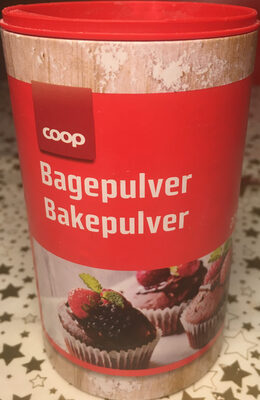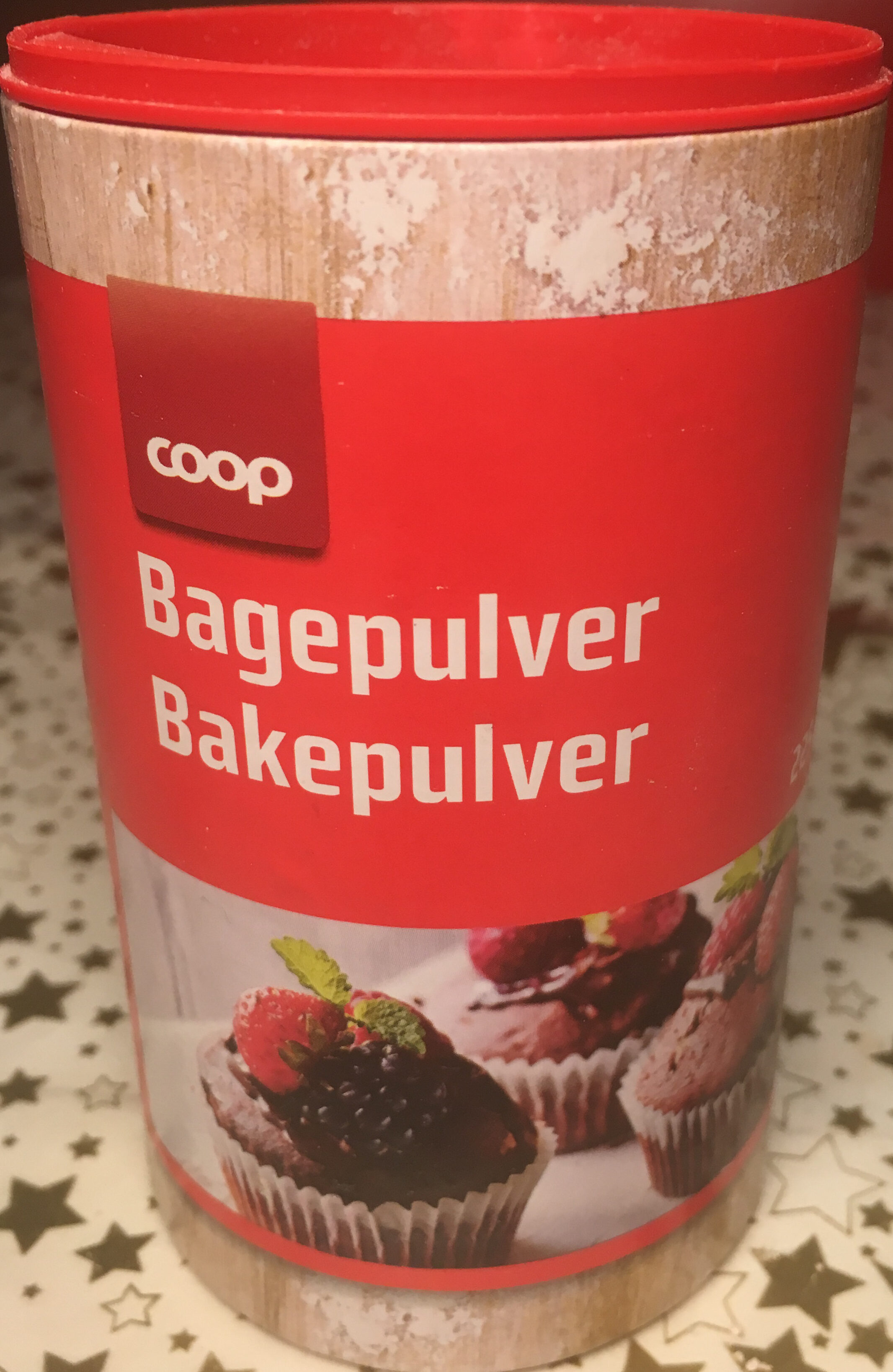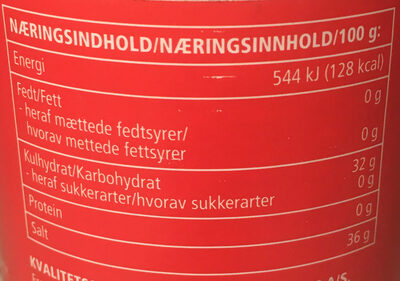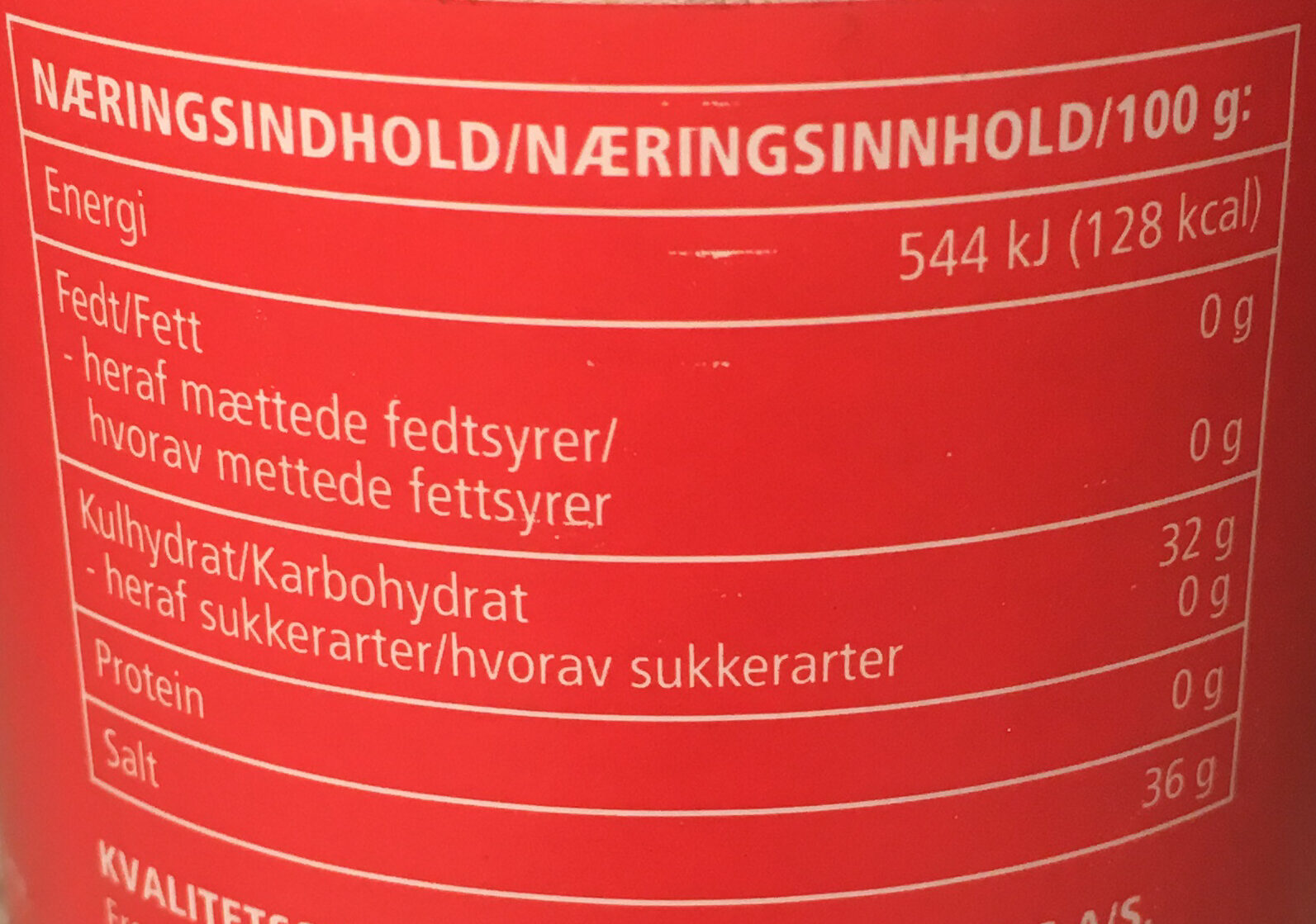Bakepulver - Coop - 225g
Denne produktsiden er ikke fullstendig. Du kan hjelpe med å ferdigstille den ved å redigere den og legge til mere data fra bildene vi har, eller ved å ta flere bilder i appen for Android eller iPhone/iPad. Takk!
×
Strekkode: 7340011312093 (EAN / EAN-13)
Mengde: 225g
Emballasje: en:Cardboard
Merker: Coop
Kategorier: Tilsetningsstoff, en:Baking powder or raising agent
Land hvor produktet selges: Norge
Samsvarer med dine preferanser
Miljø
Carbon footprint
Emballasje
Transport
Report a problem
Datakilder
Produkt lagt til av odinh
Siste redigering av produktsiden den av ecoscore-impact-estimator.
Produktside også redigert av packbot.
Hvis dataene er ufullstendig eller feil, kan du fullføre eller korrigere dem ved å endre denne siden.








